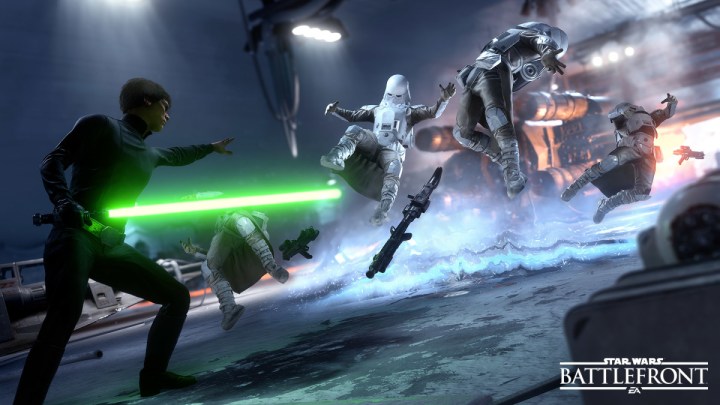
So, guess what AMD and EA have done this holiday season?
Yes, if you buy yourself one of the new R9 Fury graphics cards from AMD – not the Nano or Fury X – or a system from one of its partner companies with the corresponding GPU inside, you are eligible to receive a free copy of the newly released Star Wars: Battlefront.
The promotion, which doesn’t have a specific name, begins today, and is available to all fans of the game based in the U.S. and E.U., though it doesn’t appear to be supported by territories outside of those regions.
It will run from November 17 through January 31 2016, so there is plenty of time to take part. Indeed it may be worth waiting till after Christmas, as AMD may introduce price drops as more news of Nvidia’s next-generation Pascal GPUs begins to surface.
This promotion is just the latest in a long line of bundles from AMD. Currently, it offers a “Radeon Rewards” system that lets players choose between one and three free games out of a selection of over thirty titles offered on the company’s website.
While our Battlefront review didn’t praise it as the best shooter ever, it has a lot of nostalgia value for those that were fans of the original mid-00s Battlefront, and it goes a long way to capturing the epic scale of the movies’ battle scenes.




